Driving in Ecuador turned out to be a fantastic experience for me. The country isn’t heavily populated, and much of it is rural, so traffic is generally manageable. I highly recommend booking through Expedia rather than directly with a rental office; this way, you’ll have all your confirmations in hand. I’d also suggest choosing Enterprise, as they offer unlimited kilometers—a big plus for exploring.
However, driving in Ecuador’s major cities, like Quito and Guayaquil, can be a bit more challenging, especially after dark, as both cities have their unique driving quirks. It’s a good idea to ask the rental company for advice if you need to drive at night. Local drivers sometimes ignore traffic lights and don’t often use turn signals, which takes a little getting used to.
I expected driving in Ecuador to be way more challenging than it was, you can check driving parts in my big Ecuador’s travel guide video:
Looking back, driving in Ecuador was easier than expected – though knowing when and where to drive made all the difference. Skip the uncertainty I faced and get a FREE personalized Ecuador trip quote from my trusted local experts who know exactly how to plan the perfect self-drive adventure. Your booking helps support both this blog and local Ecuadorian communities
Plan perfect trip to Ecuador & Galapagos
I spent countless hours researching everything about traveling to Ecuador, and I created this blog for fellow travel enthusiasts who want the best, most reliable information. But if you want to save time, we’ve partnered with the top local agency to plan your dream trip.
What is Driving Like in Ecuador?
Ecuador has made significant improvements to many of its major highways in recent years, which has certainly enhanced road safety. However, these upgrades don’t entirely change the overall driving experience or the unique challenges you might face on Ecuadorian roads.
I chose to start my first day on the road on a Sunday morning, which gave me a relaxed chance to get the lay of the land, navigate traffic signs in a foreign language, and get a feel for the local driving practices. The roads were fairly quiet, likely because it was early on a Sunday, making it an ideal time to ease into driving in Ecuador.
For anyone driving here for the first time, I’d highly recommend a Sunday morning start to take advantage of the lighter traffic and get comfortable with the road.
Using a GPS app is invaluable for navigating Ecuador. I highly recommend Waze or Maps.me over Google Maps, as these two are much better optimized for driving here. That said, keep in mind that rural areas can be tricky since the signal tends to weaken.
If you stick to city driving, you’ll miss out on one of the highlights of driving in Ecuador: the stunning, diverse landscapes beyond the urban areas. Make the most of your time by exploring the countryside. And always remember, defensive driving is essential for staying safe on the highways.
I also shared my impressions about driving in Ecuador in my video:
Is it Dangerous to Drive in Ecuador?
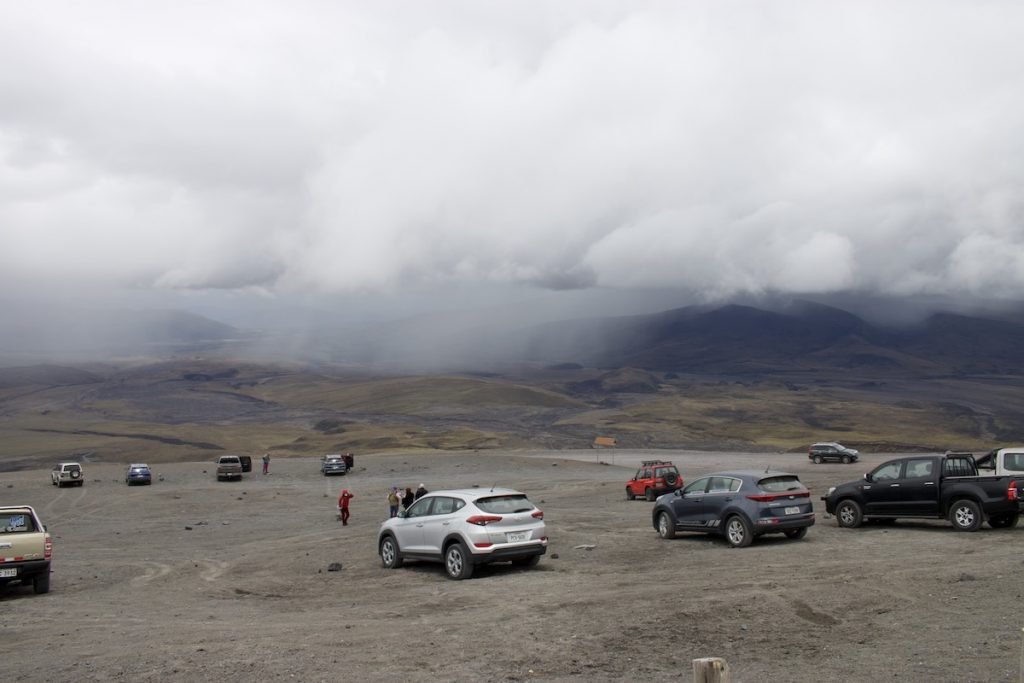
Road conditions in Ecuador can be quite unpredictable. While many highways have been significantly improved, road travel can still be risky, especially at night.
Certain roads remain unpaved, particularly in national parks like Cotopaxi. You’ll also encounter some drivers who pass aggressively around curves without clear visibility. Overall, I found the Ecuadorian driving style to be assertive, regardless of the vehicle.
Despite these challenges, the chance to explore Ecuador’s beautiful landscapes was worth it. Just remember to stay extra careful and attentive behind the wheel.
Ecuador’s compact size makes it relatively easy to get around by car. We managed to drive all the way from Otavalo to Guayaquil, and our longest stretch was from Baños to Cuenca—about 350 km—which took over seven hours. The time flew by, though, as we soaked in Ecuador’s stunning landscapes along the way.
One thing I noticed was that not all traffic signs are treated the same. In some neighborhoods, for instance, stop signs seemed more like suggestions—most drivers wouldn’t stop unless there was another vehicle approaching with a left turn signal. Being extra attentive in these situations is key.
Driving Laws in Ecuador
Foreign visitors who want to drive in Ecuador should have an international driver’s license, and always remember to wear seatbelts.
In terms of speed limits, urban areas have a maximum of 50 km/h (30 mph), and going over 60 km/h (37 mph) could lead to penalties. On perimeter roads, the limit is 90 km/h (55 mph), with speeds between 90 km/h (55 mph) and 120 km/h (75 mph) considered infractions.
For straight roads, the speed limit is 100 km/h (60 mph), and speeds from 90 km/h (55 mph) to 135 km/h (84 mph) are violations with penalties. On curvy roads, the maximum is 60 km/h (37 mph), with speeds between 60 km/h (37 mph) and 75 km/h (45 mph) subject to fines.
Helmet use is mandatory for motorcyclists. While drinking and driving isn’t entirely prohibited, the blood-alcohol limit is 0.03%. However, it’s always safest to avoid drinking if you plan to drive.
Have questions about your upcoming Galapagos trip? Join my Galapagos Reddit community and ask other travelers who recently visited the islands. Get up-to-date tips, real experiences, and honest advice from other travelers (I ban tour agencies and resellers).
Trust me, while public transport works, having your own car opens up Ecuador’s hidden gems! Want an expertly planned itinerary that combines city stays with scenic road trips? Get a FREE quote from my recommended local agency. Your booking supports this blog and local Ecuadorian businesses.
Tips When Driving in Ecuador
When driving, especially in a foreign country like Ecuador, it’s essential to stay prepared for anything, from courteous drivers to more aggressive ones. Driving through Ecuador’s beautiful landscapes, I kept a close eye on the behavior of other drivers—cars changing lanes abruptly, buses moving quickly, and trucks speeding by. I made sure to stay extra attentive, as we don’t want any accidents, especially while far from home.
For safety, I recommend avoiding nighttime driving. If you must drive after dark, stay calm, focus, and be mindful of Ecuador’s unique rules and driving habits. GPS apps are helpful, but rural areas can have weak signals, so it’s wise to learn a few basic Spanish phrases in case you need to ask locals for directions.
Since police checkpoints and roadblocks are common, always carry your registration documents, a valid driver’s license, and passport. Being prepared ensures a smoother trip and helps keep your vacation stress-free.
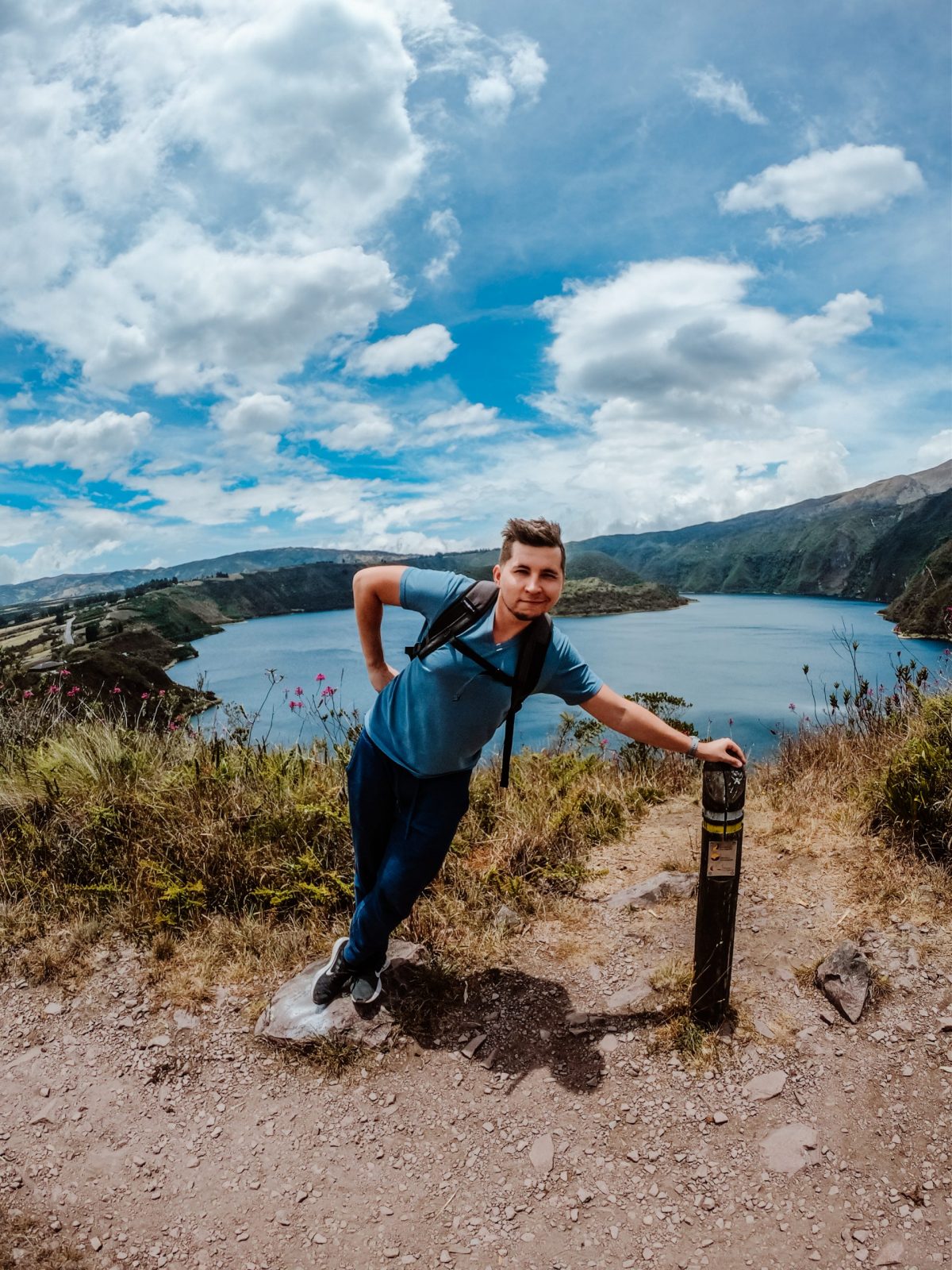
Planning trip to Ecuador?
My wife and I rented a car for 15 days and traveled from the northern part of Ecuador to the south, visiting amazing cities like Quito, Otavalo, Baños, Cuenca, and Guayaquil. Along the way, we explored iconic places such as Cotopaxi National Park, Quilotoa Lake, and many more breathtaking destinations.
Not many blogs cover traveling in Ecuador in detail, so I spent nearly three weeks creating this comprehensive Ecuador travel guide based on our trip. It’s packed with everything you need to know, and honestly, I consider it the best free travel guide about Ecuador out there.
If you’re planning a trip to Ecuador, don’t forget to use my link for discounted hotel prices through Booking.com. It’s a great way to support my blog while saving money on your accommodations!
Conclusion
Wherever you’re driving, keeping your focus and staying calm is key. A positive mindset goes a long way, especially when navigating foreign roads.
Driving in Ecuador, with its mix of aggressive drivers, can be challenging, but it was an incredible experience for me. Adapting to the local driving style was essential, and I found that following Ecuador’s rules and doing some research ahead of time made a big difference.
If you’re renting a car, book in advance for peace of mind. I highly recommend using Expedia rather than booking directly, as it provides clear confirmations. For unlimited kilometers, Enterprise is a great option, giving you more freedom to explore.
Plan perfect trip to Ecuador & Galapagos
I spent countless hours researching everything about traveling to Ecuador, and I created this blog for fellow travel enthusiasts who want the best, most reliable information. But if you want to save time, we’ve partnered with the top local agency to plan your dream trip.

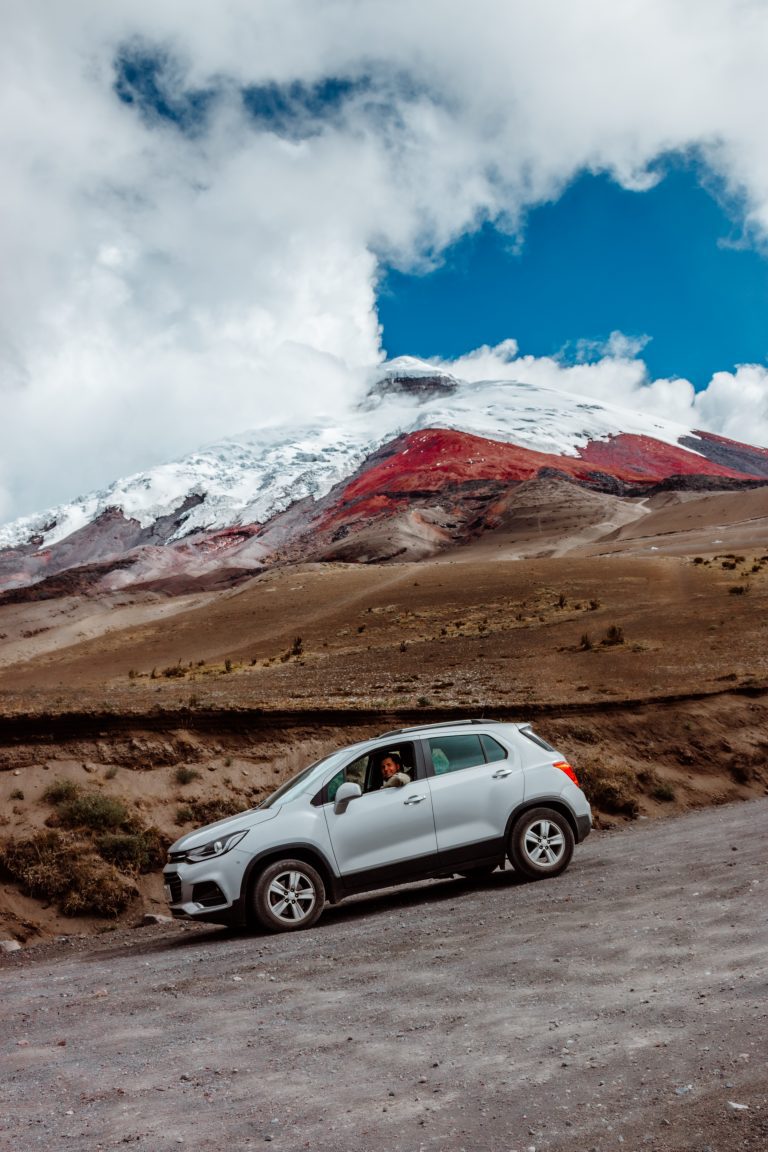
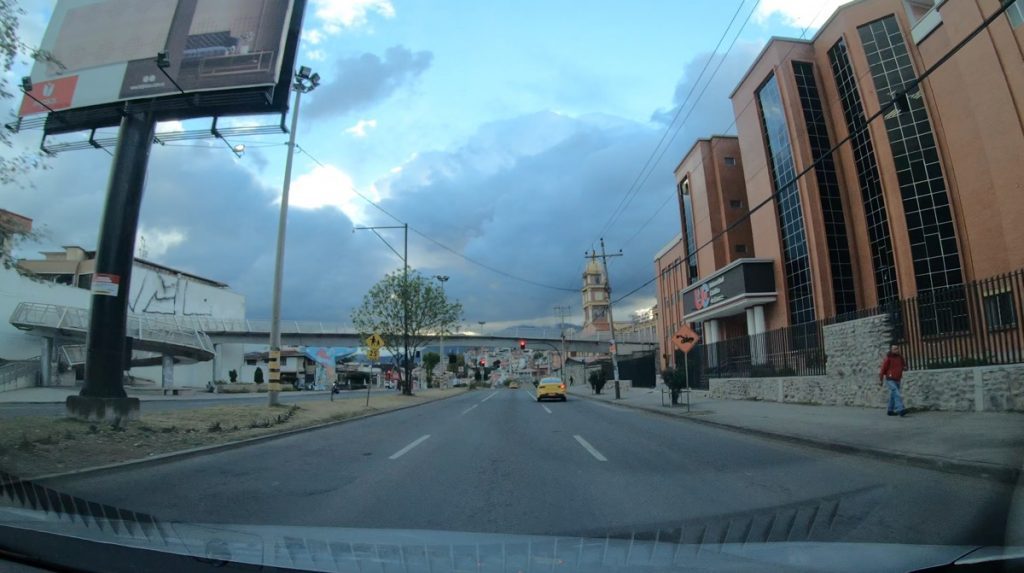
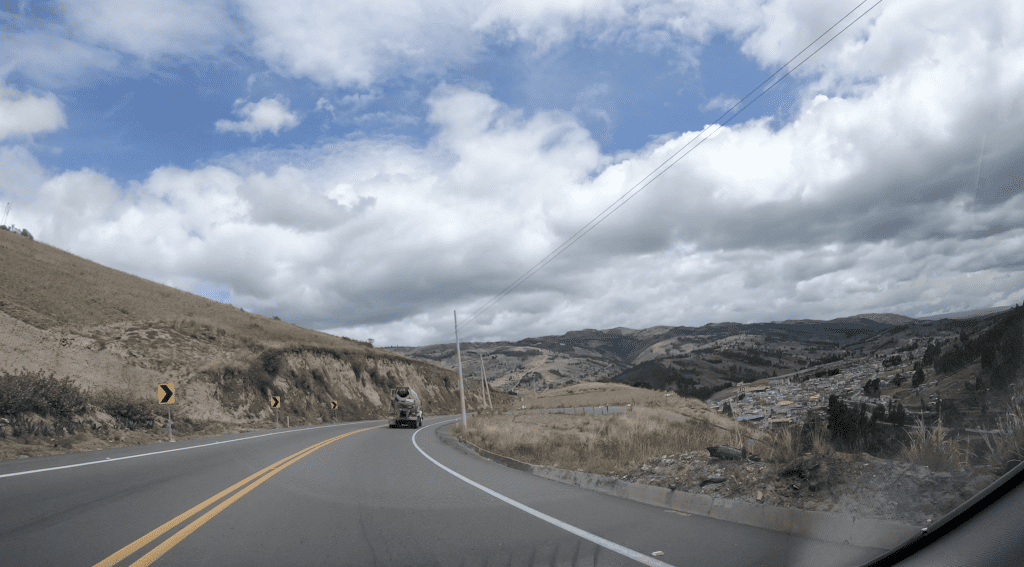
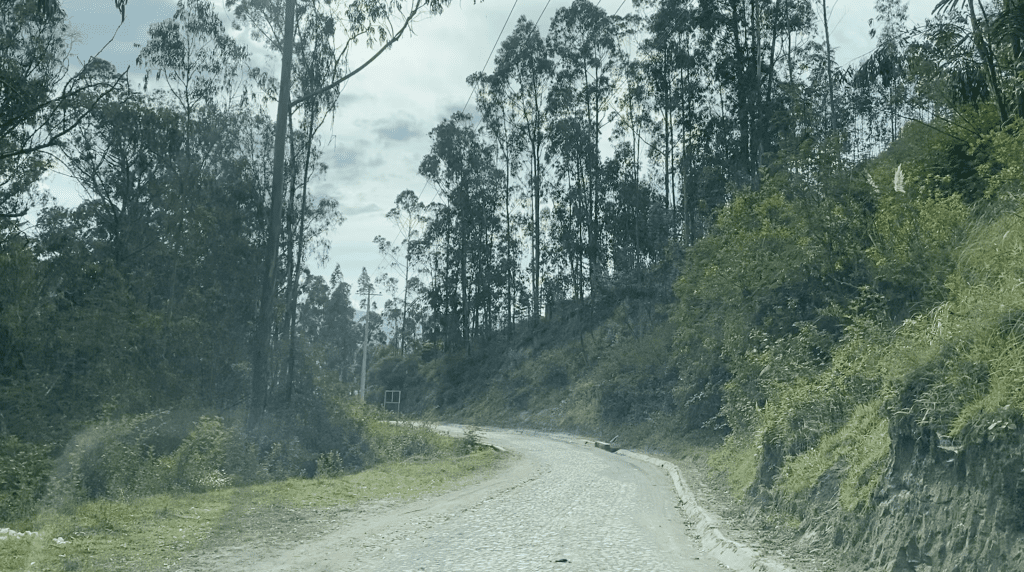

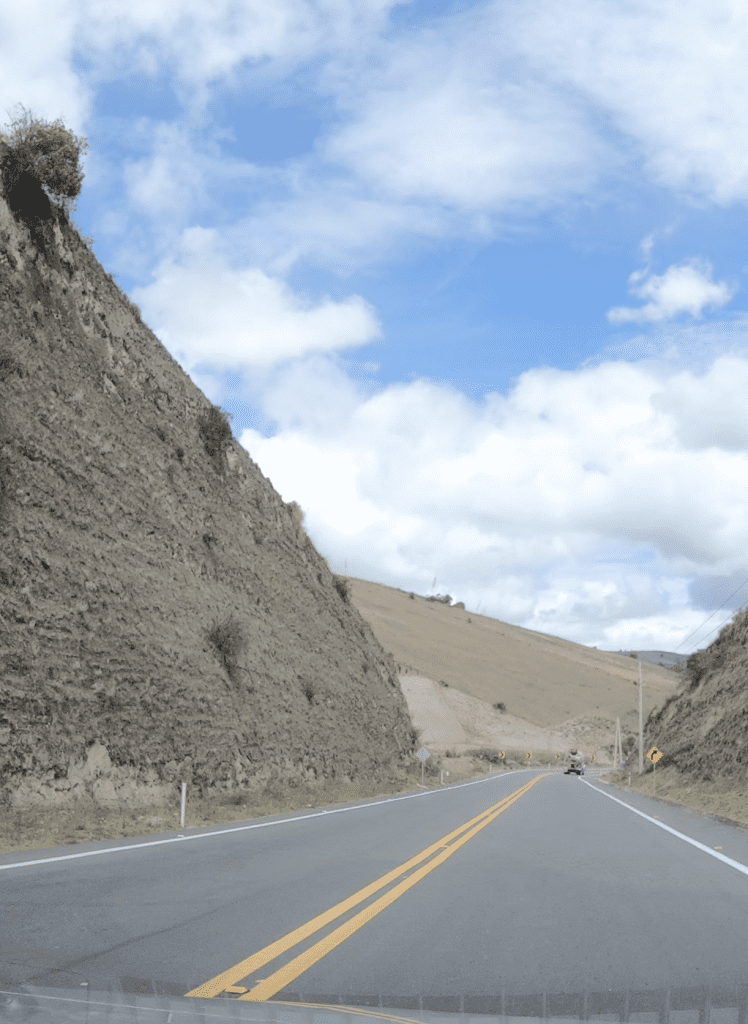
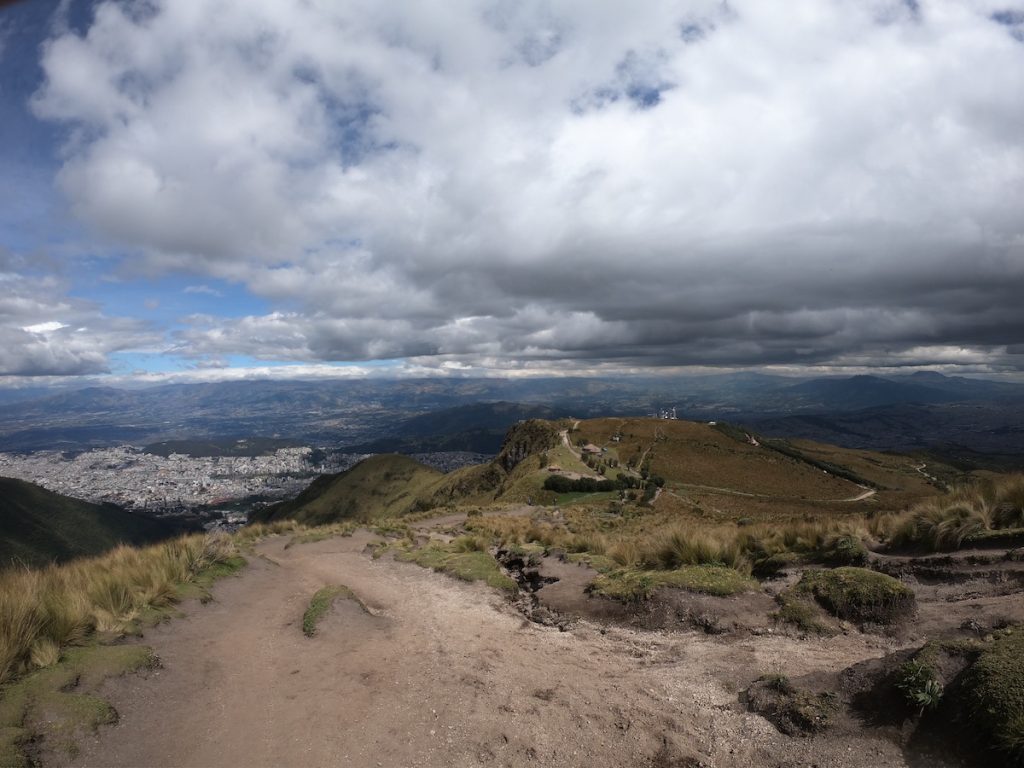

Can you drive a golf cart in Santa Elena, equador either on the Street or sidewalk
Not sure…
You obviously make money off your site to say driving in Ecuador is safe. It is the exact opposite. I have been here a month in 8 different regions and there is total disregard for road rules and safety. Overtaking on tight blind curves, in tunnels, and frankly anywhere is game.
Curious how can I make money by this… Please let me know, I wish to monetize it
There are armed robbery these days against tourists, so not sure I would recommend it.
You do not need an international driving license in Equador. Any foreigner can drive for up to 30 days on the driving license from their own country.
Oleg, please tell what insurance did you get from Enterprise and how much was it per day. Thanks
As far as I remember, they had only one mandatory option that I had to accept. I don’t remember the breakdown but the total cost of renting the automatic SUV was $1200 (unlimited KMs). You can save a lot if you choose the car with manual transmission.
Hello Oleg,
I am planning a trip from Guayaquil to Quito passing through Cuenca, Banos then arriving in Quito.
That trip requires us to drive the portion Cuenca to Banos at night (1AM to 7-8AM) to arrive in the morning and visit the town with a couple of activities before arriving in Quito not past 9pm at the airport to catch a flight at midnight.
We will hire a private transfer but is it still safe with a company driving at night?
We do hear about bandits and all kinds of robberies happening at night. Is it really happening?
We would feel really sad to have to skip visiting BANOS to arrive in Quito on time for our flight.
Our schedule is unfortunately not flexible, tight.
I never experienced such issues.